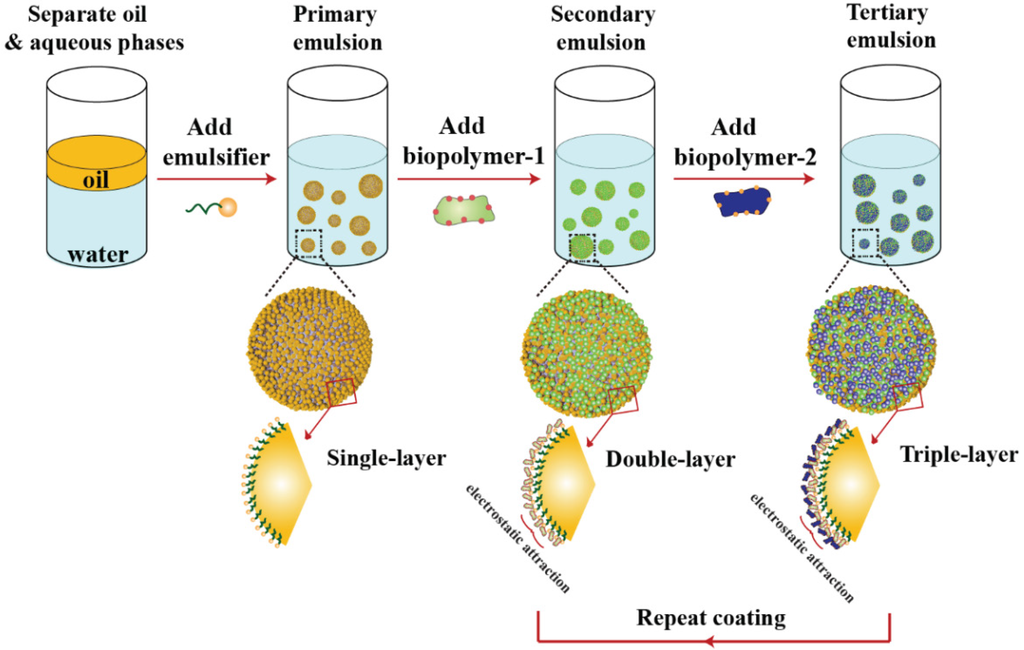
In medicine, a nanoemulsion of soybean oil to create drops of 400-600 nanometers in diameter will kill many pathogens such as bacteria and viruses. Nanoemulsion is a type of emulsion in which the sizes of the particles in the dispersed phase are defined as less than 1000 nanometers. There are three types of emulsion instability: flocculation, where the particles form clumps creaming, where the particles concentrate towards the surface (or bottom, depending on the relative density of the two phases) of the mixture while staying separated and breaking and coalescence where the particles coalesce and form a layer of liquid.Įmulsion is also a term used in the oil field as untreated well production that consists primarily of crude oil and water. Although the terms colloid and emulsion are sometimes used interchangeably, emulsion tends to imply that both the dispersed and the continuous phase are liquid.

Fluid emulsions can also suffer from creaming, the migration of one of the substances to the top of the emulsion under the influence of buoyancy or centripetal force when a centrifuge is used.Įmulsions are part of a more general class of two-phase systems of matter called colloids. This phenomenon is called coalescence, and happens when small droplets recombine to form bigger ones. Homemade oil and vinegar salad dressing is an example of an unstable emulsion that will quickly separate unless shaken continuously. Surface active substances ( surfactants) can increase the kinetic stability of emulsions greatly so that, once formed, the emulsion does not change significantly over years of storage. Over time, emulsions tend to revert to the stable state of oil separated from water. Energy input through shaking, stirring, homogenizers, or spray processes are needed to form an emulsion.

Emulsions are unstable and thus do not form spontaneously. Emulsification is the process by which emulsions are prepared.Įmulsions tend to have a cloudy appearance, because the many phase interfaces (the boundary between the phases is called the interface) scatter light that passes through the emulsion. In milk and cream, oil is dispersed within a continuous water phase (an oil-in-water emulsion). In butter and margarine, a continuous liquid phase surrounds droplets of water (a water-in-oil emulsion). Examples of emulsions include butter and margarine, milk and cream, espresso, mayonnaise, the photo-sensitive side of photographic film, and cutting fluid for metal working.

One substance (the dispersed phase) is dispersed in the other (the continuous phase). An emulsion is a mixture of two immiscible (unblendable) substances.


 0 kommentar(er)
0 kommentar(er)
